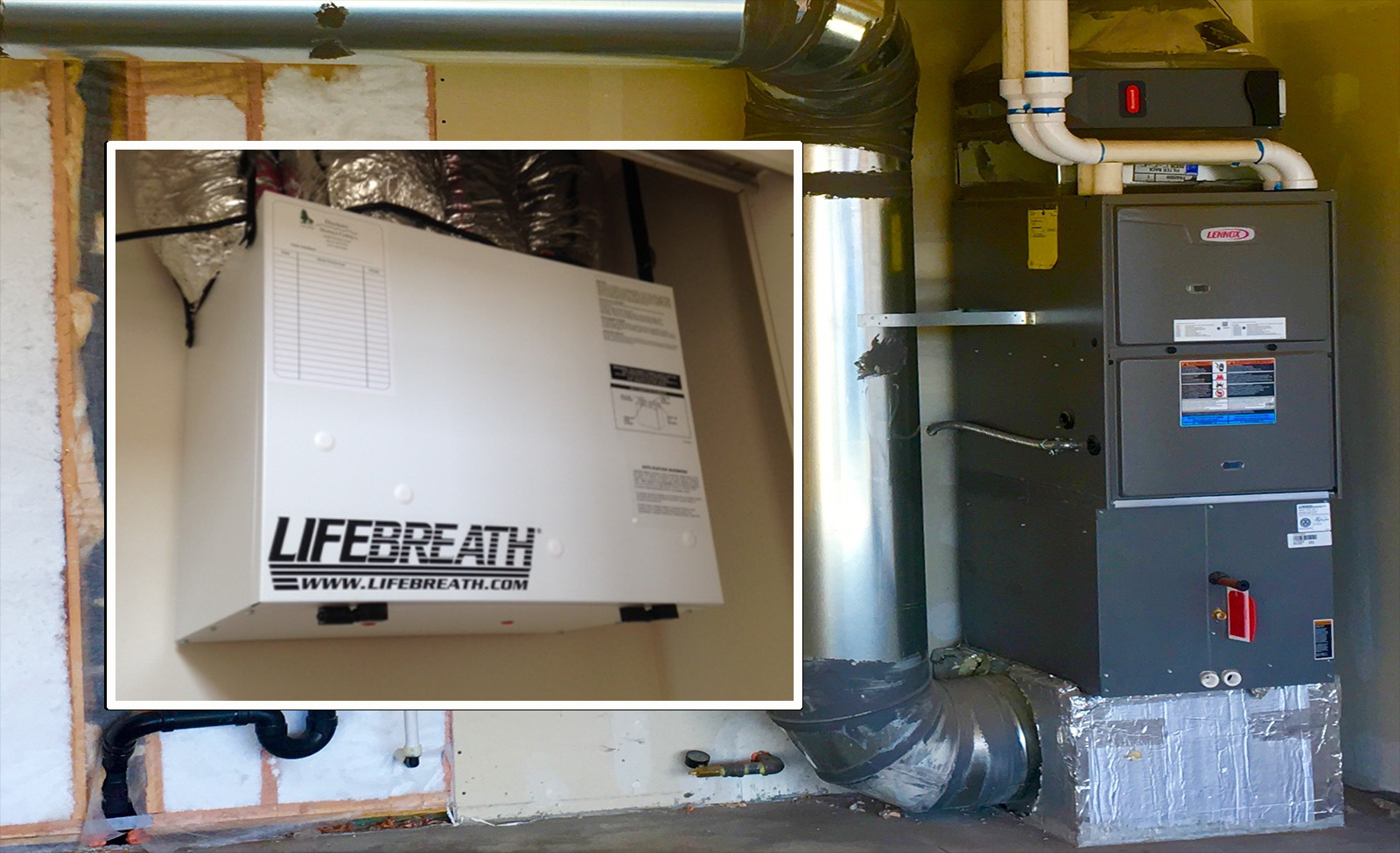Is HRV Worth It? Pros and Cons
Wiki Article
Discovering the Advantages of Heat Recovery Ventilation for Energy Efficiency in Houses
Heat Recovery Ventilation (HRV) systems offer homeowners a functional strategy to enhancing power efficiency. By redeeming warmth from outbound air, these systems can considerably lower heating and cooling costs. Additionally, they provide a steady supply of fresh air, improving interior air top quality and convenience degrees. As home owners consider lasting choices, comprehending the subtleties of HRV systems ends up being increasingly important. What aspects should one assess prior to making such an investment?Comprehending Heat Recovery Ventilation Equipments

How HRV Boosts Indoor Air Top Quality

Power Cost Savings: The Monetary Advantages of HRV
Making the most of energy efficiency, heat recovery ventilation (HRV) systems provide significant monetary advantages for property owners. By recuperating and reusing heat from exhaust air, HRVs noticeably lower cooling and heating prices. This technology can result in energy cost savings of as much as 30%, depending on environment and use patterns. Property owners usually observe minimized utility costs quickly after installation, making HRVs an economically wise investment in time. Additionally, lots of areas supply incentives or rebates for energy-efficient upgrades, even more boosting the economic appeal. As power prices remain to rise, the cost-effectiveness of HRVs comes to be progressively clear. Generally, the consolidation of HRV systems not only advertises power efficiency yet additionally adds to lasting monetary cost savings for houses.The Environmental Effect of Heat Recovery Ventilation
A substantial ecological benefit of heat recovery ventilation (HRV) systems depends on their ability to reduce general energy consumption. By redeeming heat from exhaust air and transferring it to incoming fresh air, HRV systems reduce the need for energy-intensive heating and cooling down techniques. This reduction in energy demand adds to lower greenhouse gas discharges, as much less nonrenewable fuel source is needed to preserve comfortable interior temperatures. HRV Heat Recovery Ventilation In addition, HRV systems boost interior air top quality by successfully exchanging stale air with fresh outside air, decreasing reliance on mechanical air conditioning systems that can damage the environment. Overall, the application of HRV systems supports lasting living methods and aligns with international initiatives to combat climate change by advertising energy effectiveness in property setups.
Choosing the Right HRV System for Your Home
How can house owners guarantee they choose the right heat recovery ventilation (HRV) system for their requirements? First, they ought to analyze their home's size and design, as these variables influence air movement requirements. Next off, reviewing the system's efficiency ratings is important, as greater rankings indicate far better performance and energy savings. House owners should additionally think about installment and upkeep expenses, comparing various brands and versions for worth. Additionally, it's important to assess sound levels, as some systems run more quietly than others. Consulting with cooling and heating professionals can supply tailored referrals based upon details home problems. Ultimately, examining user reviews and warranties can assist in making a notified decision, ensuring that the picked HRV system effectively improves indoor air top quality and energy efficiency.Frequently Asked Inquiries

Just how Frequently Should I Tidy or Maintain My HRV System?
The regularity of cleansing or keeping a heat recovery air flow (HRV) system normally depends upon usage and ecological elements. Usually, it is suggested to execute maintenance every six months to ensure peak efficiency and air top quality.
Can HRV Equipments Help In Reducing Humidity Levels Inside?
HRV systems can efficiently lower interior moisture levels by trading stale, moist air with fresh, drier air from outdoors. HRV Heat Recovery Ventilation. This procedure assists keep a well balanced indoor environment, enhancing convenience and protecting against moisture-related issues
What Is the Life expectancy of a Normal HRV System?
The life-span of a normal heat recovery ventilation (HRV) system varies, usually lasting in between 10 to 15 years. Normal upkeep can extend its effectiveness and functional life, ensuring peak efficiency throughout its use duration.Are There Any Noise Interest In HRV Solutions?
Sound interest in HRV systems can occur, especially from follower procedure. Nonetheless, lots of contemporary devices are created to reduce sound levels, ensuring they run silently while maintaining performance, which deals with potential disturbances in living settings.Can I Set Up an HRV System Myself, or Do I Need a Professional?
The specific contemplated whether to mount the heat recovery ventilation (HRV) system personally or hire a specialist. Generally, while do it yourself installment is feasible, expertise warranties correct capability and compliance with regional structure codes, improving system performance.Report this wiki page